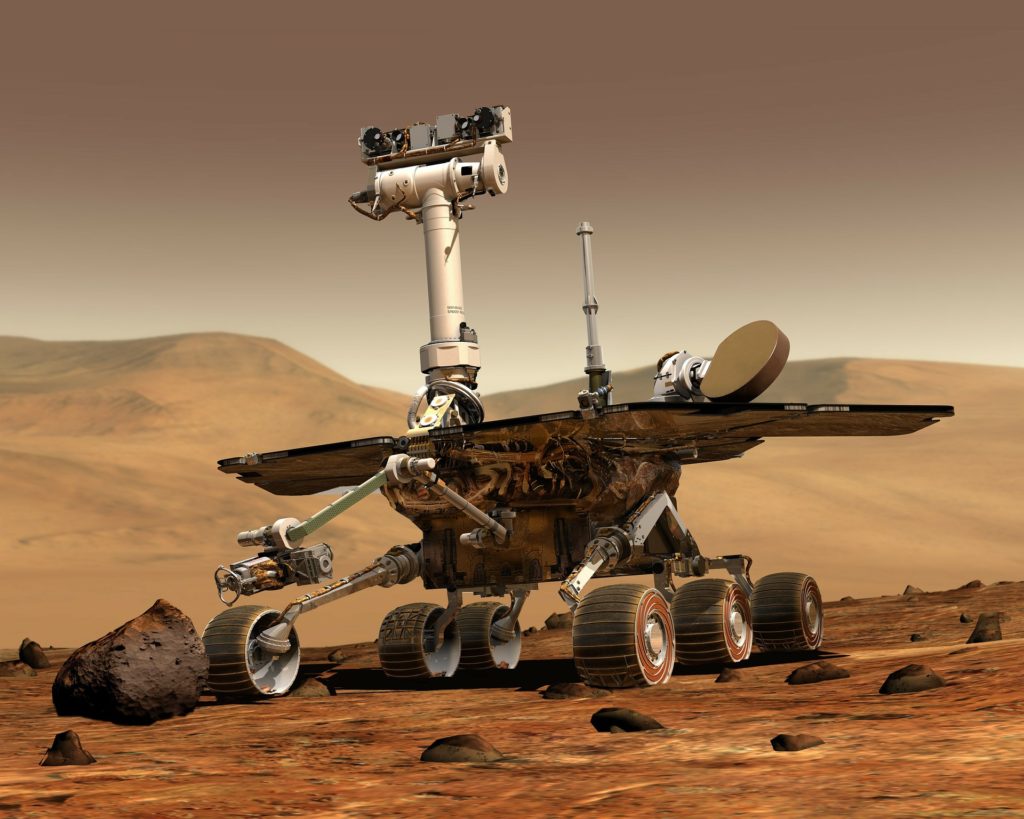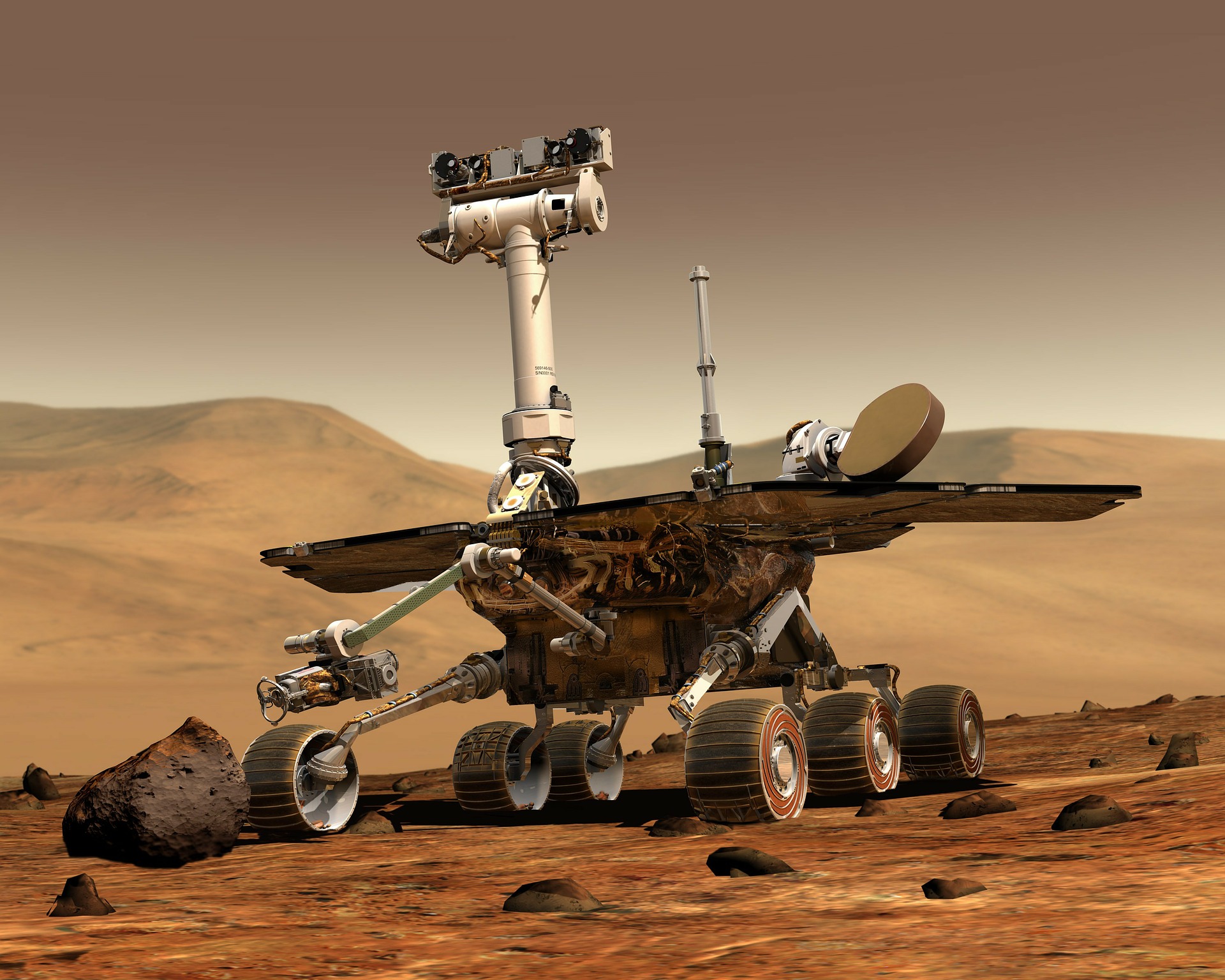
The US National Aeronautics and Space Administration (NASA) has launched a competition – in partnership with Future Engineers and Battelle Education – challenging K-12 students in United States public, private and home schools to name its recently completed Mars 2020 rover.
To take part in the Name the Rover contest, students have to write an essay of up to 150 words to explain the reasons for the selected name. Participants have until 1 November to send their essays in and the winner will be announced on 1 February.
The judging criteria will include:
- Appropriateness and significance of the chosen name.
- Originality of the chosen name.
- Originality and quality of the essay and/or finalist interview presentation.
- Bonus points will be available for entries with the highest public poll votes in the final judging round.
Participants in the competition should note that no personal names should be used in submissions in order to adhere to privacy requirements.
Individual K-12 Students in US public, private, and home schools (including US territories and possessions, and schools operated by the US for the children of American personnel overseas) are eligible to compete but team entries are not allowed.
Children and students who live in the same household with NASA, Battelle Education, NASA’s Jet Propulsion Laboratory or Caltech employees cannot enter.
According to NASA, the Mars 2020 rover will “seek signs of past microbial life, collect surface samples as the first leg of a potential Mars Sample Return campaign, and test technologies to produce oxygen from the Martian atmosphere to prepare for future human missions”.
The mission is part of NASA’s Mars Exploration Program, a long-term effort of robotic exploration of the Red Planet. It will look to addresses “high-priority” questions, such as the potential for life on Mars, seeking signs of habitable conditions on the planet in the ancient past and even past microbial life itself.
The rover has a drill that can collect core sample of the “most promising rocks and soils”, setting them aside in a “cache” on the surface so that a future mission could potentially return them to Earth for scientists to study them in laboratories with room-sized equipment that cannot be transported to Mars.
The mission is expected to provide opportunities to “gather knowledge and demonstrate technologies” that will address the “challenges of future human expeditions to Mars”, including testing a method producing oxygen from the Martian atmosphere and improvements to landing techniques.
The mission is currently timed to launch in July 2020 when Earth and Mars are in “good positions relative to each other” for landing on Mars; it takes less power to travel to Mars at this time, as opposed to other times with the two planets are in different positions in their orbits.
In an effort to keep mission costs and risks as low as possible, the rover design in based on NASA’s previously successful Mars Science Laboratory mission, including its Curiosity rover and landing system.


Leave a Reply